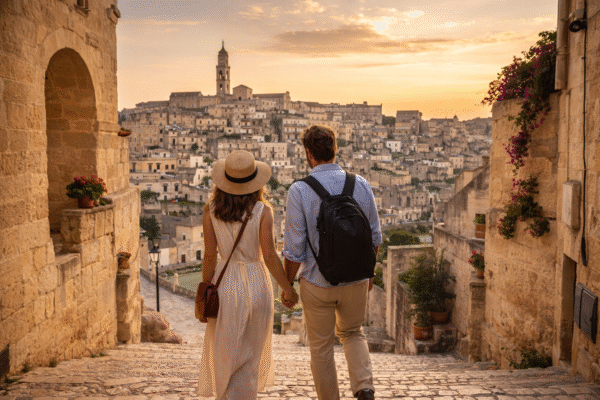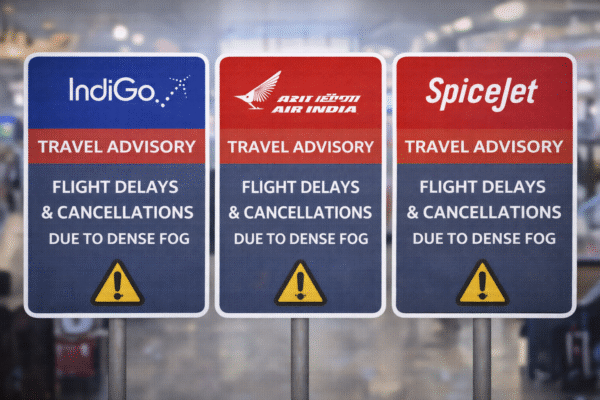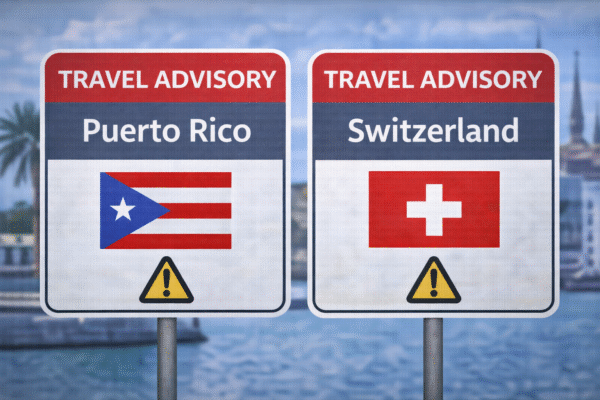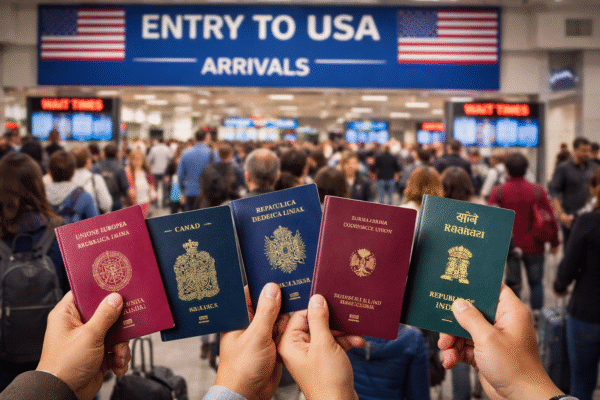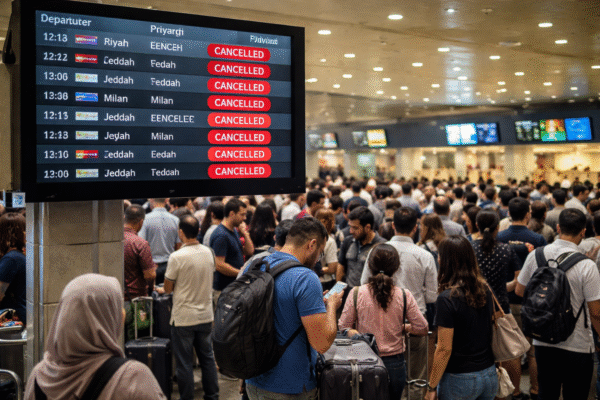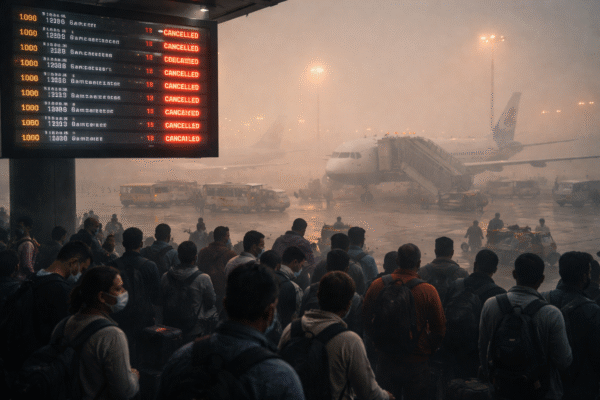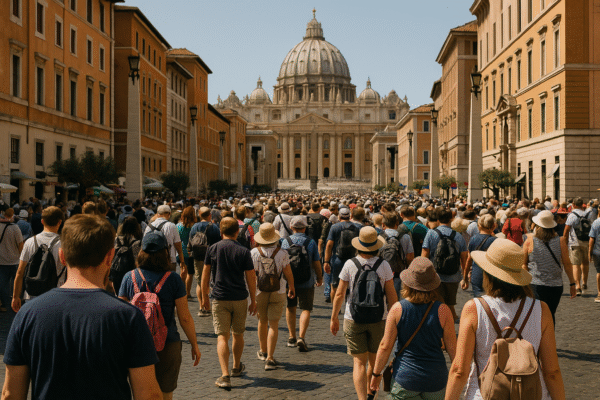As the world rejoices in safer and more accessible global travel, a pressing issue shadows the tourism boom: overtourism. Destinations famed for culture, history, and natural beauty—from Vatican City and Europe’s microstates to the bustling cities and peaceful landscapes of India—are grappling with tourist numbers that far exceed their capacity.
Tiny States, Huge Impacts
Vatican City leads the world in tourist density: for each resident, over 7,000 visitors arrive annually. Andorra and San Marino are next, with 117 and 59 tourists per resident respectively—highlighting how limited populations struggle under intense visitor load. Combining data from national tourism boards, reports underscore how these microstates bear the brunt of global tourism fervor.
Tourism Giants Feel the Strain Too
Countries like France, Spain, the United States, and Italy welcome millions each year, placing severe stress on infrastructure and sparking local resistance. In Spain, the backlash is increasingly vocal: anti-tourism protests have surged across the Balearic and Canary Islands and cities like Barcelona, where locals demand limits on short-term rentals, caps on cruise ship arrivals, and smarter regulation of tourist flows. One demonstration in Mallorca mobilized thousands, urging authorities to stop unchecked growth. Authorities have responded: Barcelona plans to ban short‑term rentals by 2028 and levy higher taxes on brief cruise‑ship visits.
France Takes Proactive Steps
While overtourism isn’t yet sparking mass protests in France, the country leads the tourism charge with over 100 million visitors in 2024. Cities are responding: Cannes will cut large cruise ships by 48% starting 2026 and ban huge vessels by 2030, limiting daily cruise disembarkations to 6,000.
Italy’s Historic Cities under Pressure
Rome, Venice, and Florence—the epicenters of global heritage—face significant crowding. Florence is banning new short-term rentals in its historic center to preserve housing access, while Lake Como is contemplating tourist taxes and caps due to infrastructure strain and environmental vulnerabilities.
India’s Growth and Governance Response
India is a case study in extremes—rich cultural circuits and rapid domestic growth coexist with environmental sensitivities. The government’s Swadesh Darshan Scheme, launched in 2015, is promoting thematic tourism corridors—like Buddhist, heritage, eco, and spiritual circuits—while boosting infrastructure and regional economies. In Jammu & Kashmir, domestic visits jumped from about 2.5 million in 2020 to over 23 million in 2024, while international arrivals surged similarly—underscoring both potential and vulnerability.
State-Level Sustainability Measures
- Kerala prioritizes eco‑tourism—celebrating backwaters, heritage sites, and culture amid growing numbers. The state embraces low‑impact tourism, nature immersion, and cultural integrity to mitigate adverse effects.
- Maharashtra has introduced online booking caps for treks like Andharban and Kundalika Valley—capping visitors during peak weekends to ensure safety and a peaceful experience.
- Uttar Pradesh is rolling out heritage corridors—Ramayana, Buddhist, Krishna, Jain—plus infrastructure like heliports and upgraded pilgrim facilities to manage tourist inflow sustainably.
- Telangana is tying wildlife tourism into conservation: surveillance cameras monitor reserves, and development of eco‑friendly tourism in tiger areas is under way.
Lessons from Tragedy
The 2024 Wayanad landslides in Kerala—claiming over 200 lives—revealed the perils of unregulated tourism in fragile ecosystems. Deforestation, poor land planning, and excess development were blamed for exacerbating natural disasters. The tragedy prompted policymakers to stress ecological limits and sustainable development.
Global Solutions for Overtourism
Overtourism breeds environmental erosion, cultural dilution, cost-of-living pressure, and dwindling resident quality of life. The UNWTO frames it as tourism that “excessively influences perceived quality of life of citizens and/or visitor experience.
Effective responses include:
- Visitor caps and reservation systems, seen in Porquerolles, Venice’s city‑tax systems, and France’s island access limits—protect sites while preserving access.
- Crowd monitoring technologies—like wireless sensors predicting crowd growth to guide real-time management.
- Diversification of destinations and seasons, encouraging tourism to spread into lesser‑known areas or off‑peak months.
- Community‑centered eco‑tourism, where locals gain from tourism while cultural and ecological integrity is maintained.
Conclusion
Overtourism is a global, multifaceted challenge—from tiny enclaves like Vatican City to sprawling nations such as Spain and India. Sustainable tourism initiatives—from online booking limits to thematic circuits to heritage protections—are emerging worldwide. The path forward hinges on partnerships between tourists, residents, governments, and operators. If managed wisely, tourism can continue to uplift economies and cultures—without sacrificing the very treasures that draw travelers in the first place.
For more travel news like this, keep reading Global Travel Wire

